Photographer’s Guide: Sodwana Bay by Kate Jonker
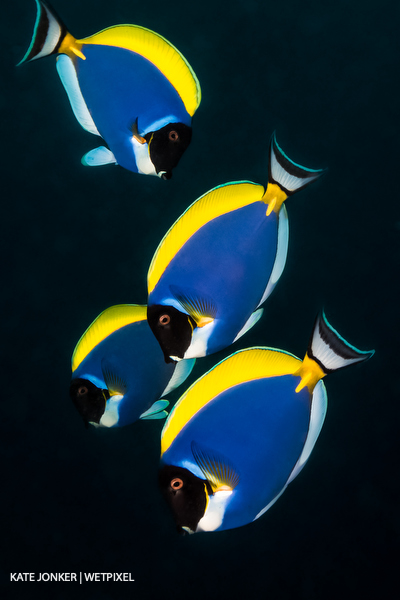
Sodwana Bay is a year-round diving destination 400 km north of Durban on the eastern coast of South Africa. Easy to reach by car, Sodwana Bay forms part of the iSimangaliso Wetland Park and is South Africa’s first UNESCO World Heritage site and its largest marine protected area (MPA).
The iSimangaliso MPA provides safe nesting grounds for endangered leatherback (Dermochelys coriacea) and loggerhead (Caretta caretta)turtles and its submarine canyons are home to the incredibly rare coelacanth, a fish that has been around since the time of dinosaurs.

The small settlement of Sodwana Bay comprises a handful of dive operations, restaurants, bars, and guest lodges, and divers are well catered for. Most resorts are nestled amongst the lush coastal forests and provide comfortable accommodation in unspoiled natural surroundings. It is quite usual to have little monkeys in the trees above your roof and deer grazing in the grass in front of your bedroom window!
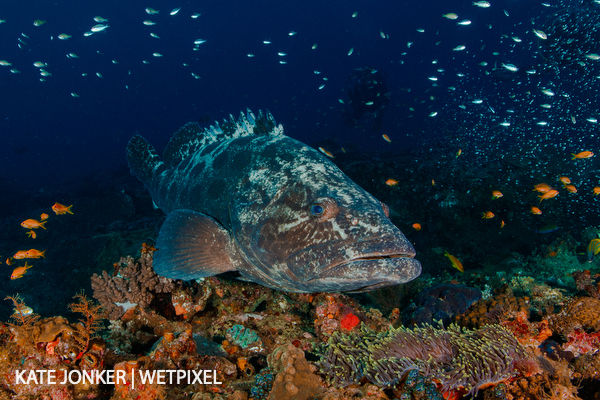
If you are an underwater photographer, it is best to chat to a few operators before deciding who to dive with. Some resorts accommodate bigger groups of divers, and their dive guides cannot slow down for photographers. Others are happy to dive at a more stately pace so that photographers can get the photos they want.
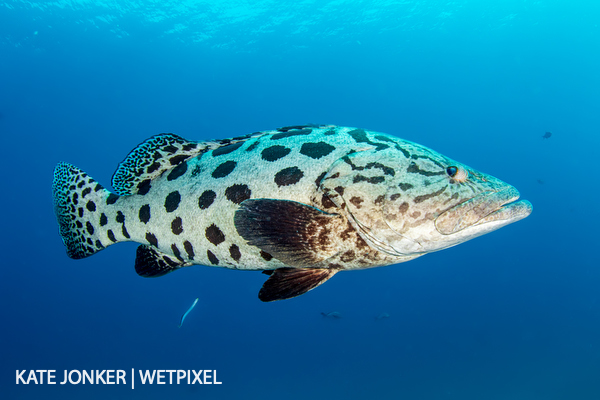
Diving is done from Zodiacs (RIBs), which launch from the beach through the waves and take divers to the many reefs that are named after their distance from Jesser Point, the rocky outcrop that provides reasonably sheltered launching at Sodwana Bay.
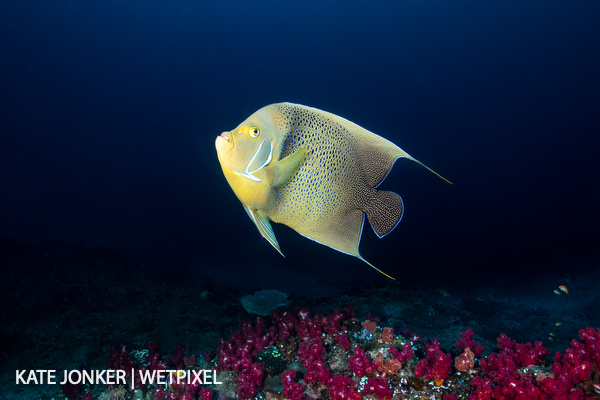
To protect your camera, make sure you have something to keep it in. I like to use a waterproof padded cooler bag with a zip, which I can fold my camera into and then stay closed, protecting it from the sand on the beach and bumps on the boat. It can also double up as a rinse tank in the shower back in your room. These can be purchased at most of the larger supermarkets en-route to Sodwana and are really quite cheap.

Sodwana Bay’s reefs range in depth from 7 m to 40 m+ and are formed from fossilized sand dunes that are densely covered with pristine hard and soft tropical corals. The corals thrive on the nutrient-rich water that flows up from the deep canyons close to shore. In turn, the reefs provide a healthy habitat for a diverse and vibrant marine life – from tiny nudibranchs, tropical fish and pelagics, to larger visitors such as dolphins, whale sharks, and manta rays.

As different dive sites are known for different subjects, it is advisable to check where you will be diving the next day and what you can expect to see before you set up your camera. Some reefs such as Anton’s, Stringers, 7-Mile, and 5-Mile are amazing for schooling fish and larger subjects where others such as Bikini and Pinnacles are really great for macro life.
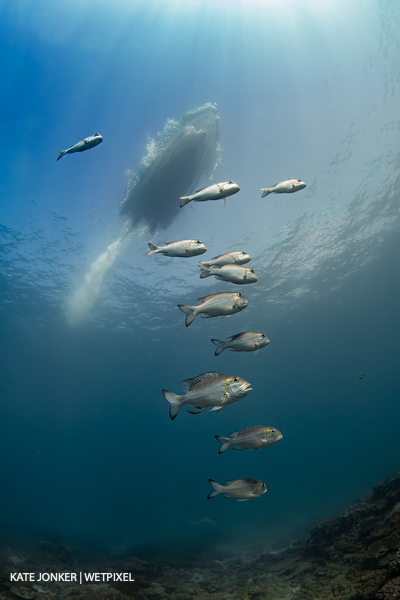
In Sodwana, when in doubt, go wide. The reefs are covered with pristine hard and soft corals, and colorful reef fish are plentiful. Visibility tends to range from 10 m upwards, and with the beautiful blue water as a backdrop, you will be able to capture really vibrant reef shots.
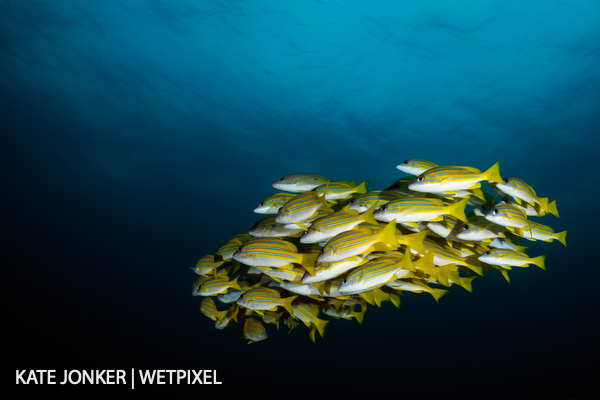
For my wide angle photos, I used a Canon 7Dmkii with Tokina 10 – 17mm fisheye behind a dome port and two Inon Z240 strobes.
I also like to use the Sigma 17 – 70mm macro zoom behind a compact dome port for close up fish, frogfish, eel, and turtle portraits.

There are plenty of macro subjects in Sodwana Bay, including blennies, nudibranchs, flatworms, shrimps, and crabs, and if you are lucky, you might even get to see a seahorse or two! If you are keen to do some macro photography, make sure you select a dive operator that knows the macro life of Sodwana. As the reefs are big and the macro life quite spread out, having a dive guide that knows where the best macro life is (and how to find it), is a must.

The macro life is not the super macro that you will find in Anilao or Lembeh, and a 60mm on a cropped sensor camera or 100mm on a full frame will be your best bet. You can also add a wet diopter if you come across smaller critters you want to fill the frame with.
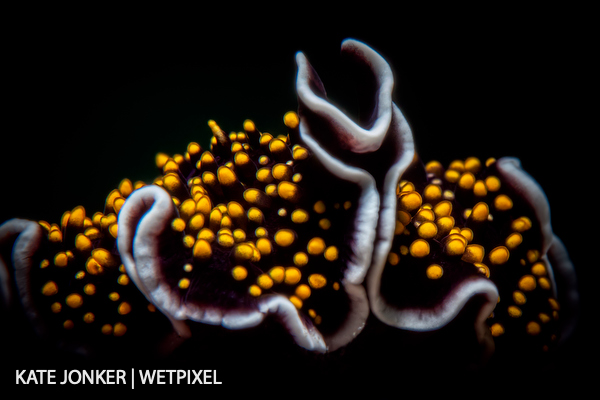
I found my Canon 7Dmkii with a 60 mm macro, and a +12.5 diopter on a flip adaptor was perfect for the macro life in Sodwana. My favorite macro lighting set up tends to be two strobes and a snoot, which I attach to my left strobe when I find a subject worth snooting. As this is the open ocean, snooting can be quite a challenge in the sometimes surgy conditions, but the results can be very rewarding!
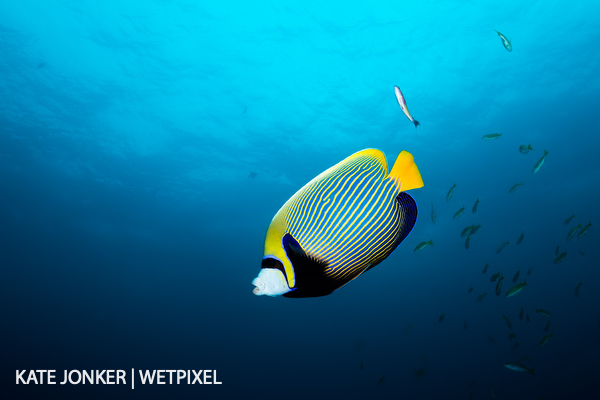
Sodwana Bay is a beautiful diving destination both above and below the waves, and a trip to South Africa would not be complete without a visit here!
About the author
Kate Jonker lives and works in the seaside town of Gordon’s Bay, just outside Cape Town, South Africa.
To see more of her work, please visit her website.